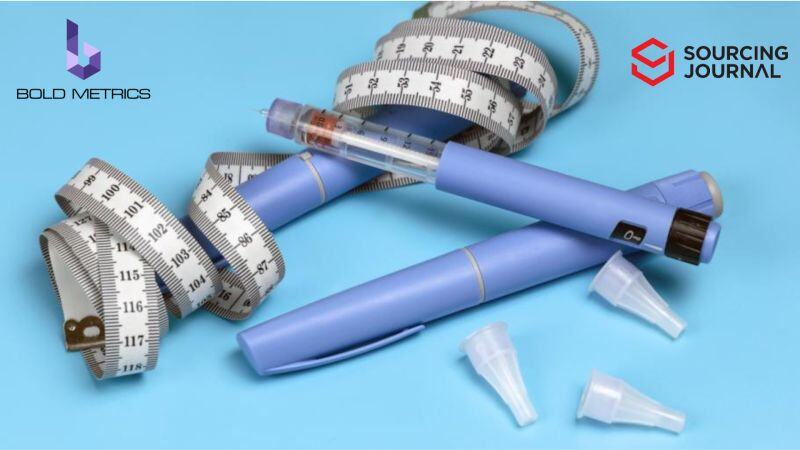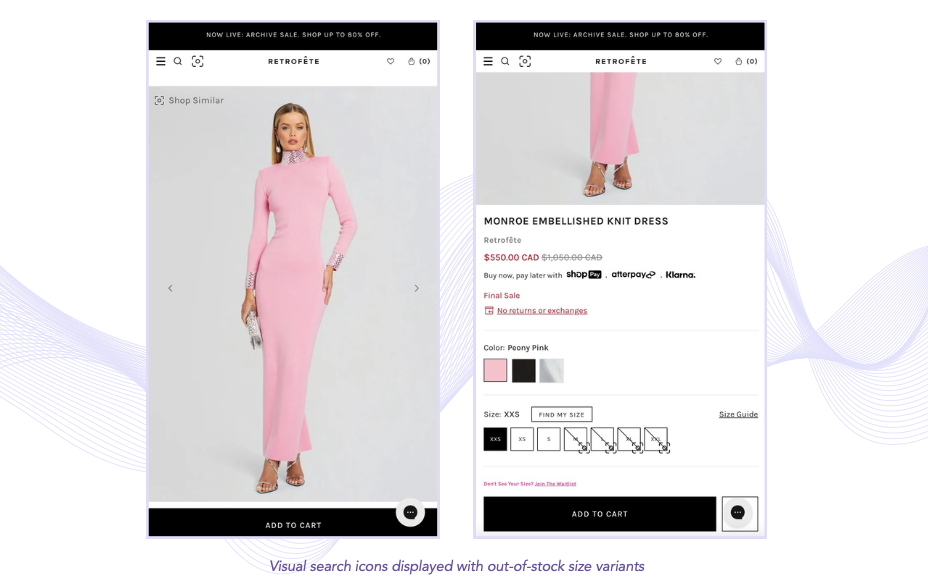
Exploring the Impact of Ozempic: Bold Metrics' Data Insights
Bold Metrics was tapped as a subject matter expert on body data in an insightful article from Sourcing Journal. This collaboration underscores our commitment to leveraging data-driven approaches to provide valuable insights into consumer body sizes and explores the impact of Ozempic on body composition from 2021 to 2024.
Exploring the Ozempic Impact
At Bold Metrics, we harness our advanced AI-driven digital twin technology to create a unique digital twin for each shopper. This enables us to map over 50 individual body measurements, ensuring precise size recommendations. we analyzed over 18 million people in our extensive data set to examine key body measurements and body composition metrics key body measurements and body composition metrics, including BMI, waist-to-hip ratio (WHR), and waist circumference for both men and women. This in-depth study aimed to identify any significant shifts in body sizes attributable to Ozempic usage.
Key Findings
Our analysis reveals that there have not been noticeable changes in body sizes due to Ozempic usage. This study underscores the critical role of data-driven approaches in assessing health interventions and offers valuable insights into how these medications are influencing consumer body sizes.


Data-Driven Insights
These findings have important implications for both retailers and healthcare providers:
- For retailers: Our study reinforces the need for accurate body data and sizing solutions. due to the emergence of drugs like Ozempic and changes in consumer body composition, preferences, and purchasing habits.
- Understanding consumer body data allows apparel brands and retailers to better optimize assortments and forecasts to match their population's sizing preferences, body types, and purchasing habits.
- For healthcare providers: Understanding the effects of weight loss medications on body composition at a population level can inform treatment plans and patient care strategies:
- While Ozempic may lead to weight loss in individuals, our data suggests its impact on overall population body metrics is limited. As usage of ozempic may increase - this is subject to change.
- This underscores the importance of personalized treatment approaches and realistic expectations for patients. and ephasizes the importance of going beyond traditional health metrics like BMI, to uncover predictive health indicators. For example - metrics like a high waist-to-hip ratio, indicate a more centralized distribution of body fat, associated with an increased risk of several health problems, including cardiovascular disease, type 2 diabetes, and certain cancers.

At Bold Metrics, our digital twin technology goes beyond traditional body metrics, uncovering unique insights across 50+ body data points. This capability allows us to provide highly accurate body data and insightful analysis, which are instrumental in driving informed decisions for apparel brands and beyond.
Conclusion
We invite you to delve deeper into our findings and explore how Bold Metrics' expertise in body data can benefit your organization. Our digital twin technology not only revolutionizes the apparel industry but also provides valuable insights for healthcare studies related to body metrics and overall health.
Read the full article on Sourcing Journal to learn more about our detailed analysis and its implications for the apparel industry and beyond.


.png?width=600&height=408&name=march%202023%20-%20french%20toast%20(1).png)

.png?width=1080&height=1080&name=Bold%20Metrics%E2%80%99%20digital%20twin%20technology%20helps%20some%20of%20the%20worlds%20biggest%20bands%20increase%20conversion%20and%20AOV%2c%20reduce%20returns%2c%20optimize%20their%20customer%20experience%2c%20and%20boost%20brand%20loyalty.%20(2).png)

%20(2)-1-1.jpg)
-1.jpg)




